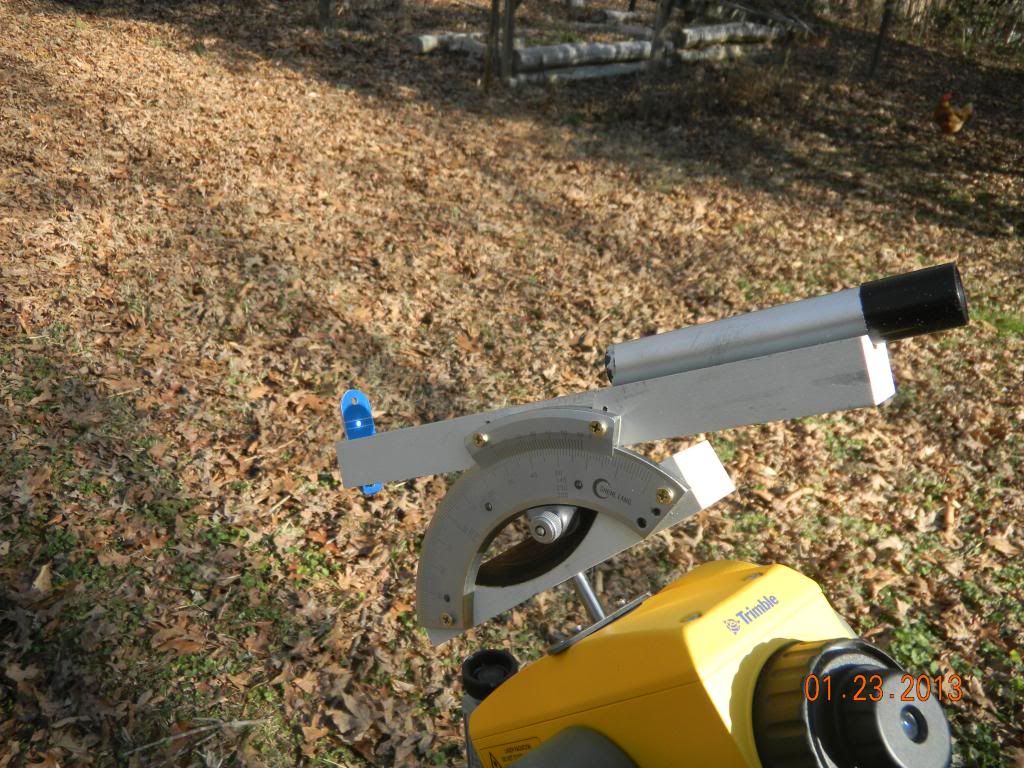Thank you all. That is very helpful. Burt's little book does also mention that the Solar Compass is best in the summer, and I believe his reasoning is that apparent solar time and mean solar time are more equal then.
I believe that is most likely due to the fact that the PZS triangle that the device is solving mechanically is quite a bit stronger in the summer than the winder. The sides of the PZS 'triangle'. are Pole-Zenith which is fixed by your location, Zenith to Sun which the further south the declination of S is the longer that side is, and ditto for the S-P side. Of course the angle at P roughly corresponds to the time and so it also gets weak close to noon. Mid winter the sun can skirt along the horizon to the south for a long time without much change in vertical angle.
- jlw
Jerry, yes that makes sense! You mentioned a link to a video, I would be grateful to view any informative video. I have done an online search and can find no video of anyone demonstrating the Solar Compass.
Here is a helpful and concise online book concerning the Solar Transit.
http://archive.org/stream/solartransitthis00smit#page/n0/mode/2up
While trying my solar attachment yesterday about a half hour before local solar noon, I saw that the meridain fix became more and more ambigous as noon approached, which is just as indicated by Burt in his book. It becomes very apparent that the PZS triangle becomes a straight line connecting the Polar, Zenith and Star (Sun) just at local solar noon. I realized also that if you align the suns image on the target at noon by manipulting the declination arc, then you have set the declination arc perfectly for both that days declination (at local noon) and also for any small refraction, without having to look up or compute anything at all (as long as you have the latitude arc set correctly)
I will try to get it set up and send you a link.
Thanks Jerry I look forward to it.
I have made an improvement on my rudimentary solar compass. I have taken the vernier and arc off a stainless steel miter protractor and fastened it to the
limbs of my solar attachment. I can now set the declination angle with a thumb
wheel. this thing is as tight as a drum. I am awaiting local solar noon to see
if I have it indexed correctly, then later in the year I plan to see how repeatable
it is for determining the meridian through the observers location.

Here is an informative pdf article by a BLM surveyor Tim Kent. It states in the article that a Solar Compass, set correctly, can achieve about 1'-30" pointing accuracy of the meridian.
http://www.oregon.gov/ODOT/HWY/GEOMETRONICS/docs/binder1.pdf
I have added an hour angle circle, by affixing a 6" plastic protractor to my solar attachment at the bottom of the base limb of the declintion attachment arm.
solar compass "sunstone"
Thought I would add this here.
http://news.discovery.com/earth/navigating-by-sunstone-and-a-sixth-sense.htm



